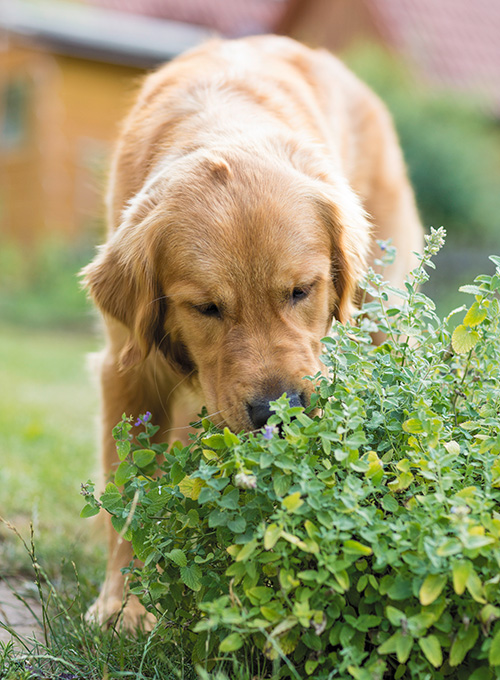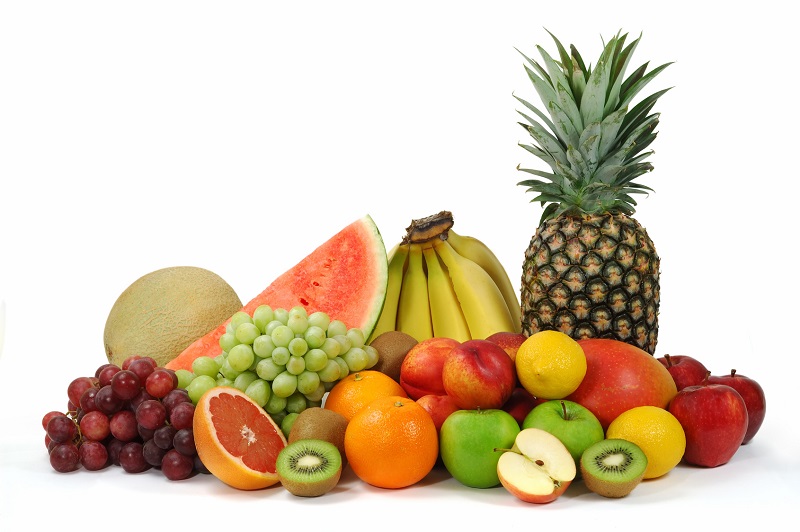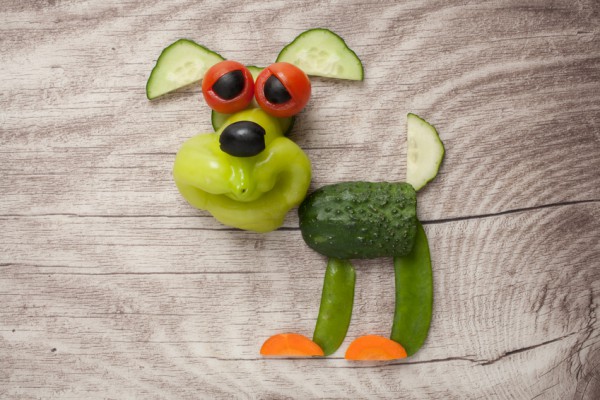vegetables and lettuce
There are many sorts of vegetables and lettuce for our pets. In addition to nutrients like Potassium, Iron, Folic acid, B vitamins and Vitamin C, vegetables and lettuce particularly provide dietary fibers that promote and maintain intestinal health.
In addition to various leaf salads and herbs (parsley, cress etc.) are carrots, cucumber, zucchini and fennel, celery, beetroot, pumpkin as well as spinach and chard great as a green side dish. The same goes for tomatoes and peppers, that can be fed when they are ripe. Because the cell toxin Solanine is only found in the green parts of the plant (stem or stem base must be removed) and in non-ripe fruits.
While raw Chinese cabbage, raw cabbage turnip and raw cauliflower or raw Romanesco broccoli are tolerated by dogs in small amounts (about 25g per 10kg), you should always cook hard cabbage types such as white cabbage, red cabbage, kale and savoy cabbage. Because they contain large quantities of certain sugars that are not utilized in the small intestine, but are decomposed in the colon by the local bacteria. Bloating and diarrhea can be the cause of that. Essentially, you should start by giving small amounts to test how much your four-legged friend can handle.
Legumes such as kidney beans or peas are only to be fed cooked. Again, it is important to test the individual tolerance.
In no case you should feed garlic as well as other leeks, onions and avocado. Leek and bulbous plants contain substances that destroy the red blood cells. Avocado contains Persin, which is incompatible for dogs and cats and can lead to diarrhea and vomiting.

A few tips on how you can incorporate vegetables into your four-legged friend´s diet:
- Start with small amounts until your animal and its digestion are used to the vegetables. Once there is a good acceptance and tolerability, you can increase the amount of fruit and vegetables slowly.
- Grating or blending the vegetables is useful: the possible unpleasant ingredient is more difficult to sort out and the absorption of water- soluble vitamins and the digestibility of fiber is improved.
- You can improve the acceptance by pouring boiling water over the grated vegetables and let it stand for about 10 minutes.
- Vegetables that are high in starch like potatoes or corn must be cooked. Cook them at least 15 minutes longer than you would cook them for yourself, so that the starch content is well receptive and easy to utilize for your four-legged friend.
- If it has to be quick, fruit and vegetable flakes are a practical alternative. Simply let them soak in the triple amount of water for five minutes and then mix it under the food.
If your four-legged friend does not eat the vegetables, you can supplement the fiber with taste neutral powder. Fiber for stimulating bowel activity can be found in bran, ground psyllium or cellulose powder for example.
Fermentable fibers, which promote the formation of the desired intestinal bacteria as prebiotics, can be supplemented in the form of apple pomace and sunchoke powder. Together with the curing gift of probiotics, the intestinal environment can be stabilized, and a balanced intestinal function can be ensured.
fruit

The types of fruit that can be used are apples, oranges, strawberries, blueberries, raspberries, cherries, plums, apricots, melons, peaches and nectarines.
Fruit cores or stones must always be removed before feeding the fruit. They cannot be chewed or pureed because of the toxic hydrogen cyanide.
You should also waive on grapes and raisins because they are suspected of causing kidney damage to dogs.
Especially delicious and rich in antioxidants are various berries like strawberries, raspberries, black currants, gooseberries, blueberries and blackberries. There is also a rich variety of exotic fruits such as mangoes, pineapple, kiwis and other citrus fruits.
Ripe bananas are often well accepted by dogs. In addition to potassium and magnesium, they also contain a lot of sucrose and are therefore fruits that are rich in calories and should be fed in moderation.
Photos:

